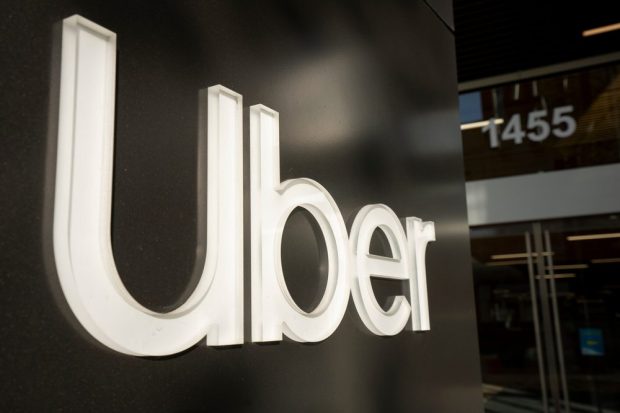Uber One Members Drive 27% of Mobility Platform’s Gross Bookings

Uber’s latest quarterly earnings results showed a continued rebound in ride-hailing, and the company’s membership program, Uber One, continued to show evidence that the “cross-selling” opportunity offered by the mobility giant continues to gain fruit.
The company said in its earnings and supplemental materials that the number of monthly active platform consumers was up 13% year over year to 130 million in the fourth quarter. The total number of trips completed topped 2.1 billion, soaring 24% year over year.
Drilling down into the segment metrics, gross bookings for the quarter in the mobility segment were just under $15 billion, up 43% year over year as measured in constant currency. Delivery gross bookings were slightly more than $15 billion, up 12% year over year as measured in constant currency.
CEO Dara Khosrowshahi and Chief Financial Officer Nelson Chai said on a conference call with analysts that the supply and demand sides of the equation are well-positioned to capture incremental spend.
The materials also noted that driver engagement remains “at an all-time high” as weekly earnings per active driver are 43% above pre-pandemic 2019 levels in the U.S. and Canada.
Uber’s freight business logged $1.4 billion in sales for the quarter, down 23% year on year. Chai said in response to questions from analysts about freight that “from a macro perspective, we are at a macro low in terms of the cycle.”
Uber One Members Power Gross Bookings
During a question-and-answer session with analysts, and with a nod to Uber One’s traction — where 27% of gross bookings came from that cohort — management said that members spend four times the amount on the platform that non-members do, taking advantage of promotions and discounts across mobility and Uber Eats. Retention is 15% higher for members than non-members, according to discussions on the call. The company is targeting Uber One membership to drive 50% of gross bookings, said executives.
Asked about headcount Khosrowshahi said that “even in a market where we’re gaining category position, we expect our headcount to be flat to down for the balance of the year, and that is going be our starting point as we go into next year as well … and that really impacts rates and it impacts the combination of spot versus contract rates.”
Reiterating that management remains committed to the freight business, Chai said that “our team continues to make progress in terms of digitizing a very analog business.”
Speaking more generally about Uber’s platform in general, Chai said on the call that “the market is much healthier from a supplier perspective … we’re trying to grow the marketplace at scale.”
Khosrowshahi noted Uber added 1 million active drivers during the quarter across the globe, a 35% addition from a year ago. Chai said scale is reflected in the gross bookings data and the fact that trip growth is accelerating faster than that metric.
Elsewhere company materials showed that the platform’s 5.7 million drivers and couriers earned an aggregate $13.7 billion (including tips) during the quarter, with earnings up 26% from last year.
AI in the Mix
In prepared remarks with analysts, Khosrowshahi said the company is using “an ultra-low latency deep neural network to predict highly accurate ETAs for rides and deliveries.”
On the driver side of the equation, the company has developed what he termed “advanced computer vision algorithms that have allowed us to more reliably and cost-efficiently process documents, resulting in faster onboarding times.”
And later in the call, he noted that when it comes to artificial intelligence (AI), “I think a lot of people obviously want to talk about the sexy kind of new consumer applications. I will tell you that I think that the earliest and most significant effect that AI is going to have on our company … [is related] to our developer productivity.” Chatbots might be conceivably used to power experiences rather than live agents.

